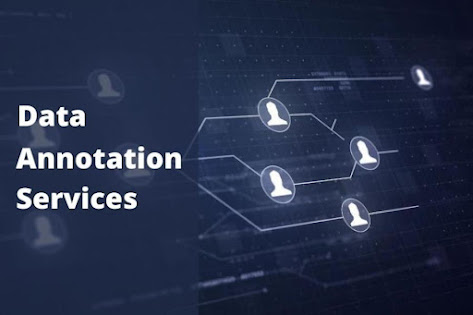AI and Video Transcription: Transforming Media Analysis - An In-Depth Exploration
Introduction:
In the dynamic landscape of digital media, the integration of Artificial Intelligence (AI) with video transcription services is revolutionizing the way we process and analyze media content. This blog delves into the transformative impact of AI in video transcription, exploring its applications, challenges, and future prospects. Insights from Global Technology Solutions (GTS), a leader in AI-driven transcription services, provide a comprehensive understanding of this evolution.
The Emergence of AI-Driven Transcription:
AI has redefined the transcription landscape, bringing in automated solutions that offer speed and accuracy previously unattainable. By leveraging advanced machine learning algorithms, AI can transcribe complex audio from videos, interpreting different accents, dialects, and even contextual nuances. This capability is not just about converting speech to text; it's about understanding and processing language in a way that mirrors human cognition.
Broadening Industry Applications:
Healthcare: In healthcare, AI transcription is crucial for precise medical documentation, ensuring clear communication between healthcare providers and enhancing patient care. Transcription services in healthcare also aid in maintaining comprehensive and accurate patient records, crucial for treatment and legal documentation.
Education: In the educational sector, AI transcription transforms lectures and educational content into accessible text, supporting students with diverse learning needs and facilitating remote learning.
Legal and Corporate:The legal and corporate sectors benefit immensely from AI transcription. It ensures accurate record-keeping of meetings, conferences, and legal proceedings, aiding in compliance and decision-making processes.
Media and Entertainment:For media and entertainment, AI transcription services enable the creation of accurate subtitles and captions, making content accessible to a global audience and enhancing viewer engagement.
Enhancing Accessibility and Global Reach:
One of the most significant impacts of AI in video transcription is the enhancement of accessibility. By providing accurate captions and subtitles, content creators can reach a broader audience, including those with hearing impairments or non-native speakers. This inclusivity is not just a moral imperative but also expands the potential audience base, opening new markets and opportunities.
SEO and Online Visibility:
Transcribed content significantly boosts online visibility. Search engines can index text content more effectively than audio or video, enhancing the reach and discoverability of content. This aspect is particularly beneficial for content creators and marketers looking to increase their digital footprint.
Challenges and Limitations:
Despite its advantages, AI-driven video transcription is not without challenges. The accuracy of transcription can vary based on the quality of the audio, background noise, and the complexity of the language used. Additionally, while AI has made significant strides, it still struggles with understanding context, idiomatic expressions, and heavily accented speech, where human intervention becomes necessary.
The Human-AI Synergy:
Recognizing these limitations, companies like GTS employ a hybrid model that combines AI's efficiency with human expertise. This approach ensures high accuracy levels while maintaining the subtleties and nuances of the spoken language. Human transcribers play a crucial role in reviewing and refining AI-generated transcripts, ensuring they meet quality standards.
Future Trends and Innovations:
The future of AI in video transcription looks promising. We can expect more sophisticated AI models capable of handling multiple languages, dialects, and technical jargon with higher accuracy. Furthermore, advancements in natural language processing (NLP) and machine learning will enable AI to better understand context and subtleties in speech, reducing the need for human intervention.
Ethical Considerations and Privacy:
As AI transcription becomes more prevalent, ethical considerations and privacy concerns come to the forefront. Ensuring data security, particularly in sensitive sectors like healthcare and legal, is paramount. Companies must adhere to stringent privacy policies and regulations like GDPR and HIPAA to protect client information.
Conclusion:
AI and video transcription services are not just transforming media analysis; they are reshaping how we access, consume, and interact with media content. With companies like Globose Technology Solutions pvt ltd (GTS) leading the charge, the potential of AI in this domain is boundless. As we move forward, the synergy of AI technology and human expertise will continue to break new ground, making media content more accessible, inclusive, and insightful for a global audience.
How GTS.AI Can Assist video transcription
Globose Technology Solutions (GTS.AI) is instrumental in the field of video transcription, offering AI-powered solutions tailored to meet the diverse needs of businesses. With their advanced services, GTS AI facilitates the accurate and efficient transcription of video content. This capability is crucial for businesses seeking to extract meaningful insights from their video data. By converting spoken words into text, GTS AI's video transcription services enhance the accessibility and usability of video content, making it a valuable resource for data analysis and decision-making processes. The impact of GTS AI in video transcription signifies a step towards a future where the power of AI-driven technologies is fully harnessed, fostering innovation and growth in various sectors.






Comments
Post a Comment